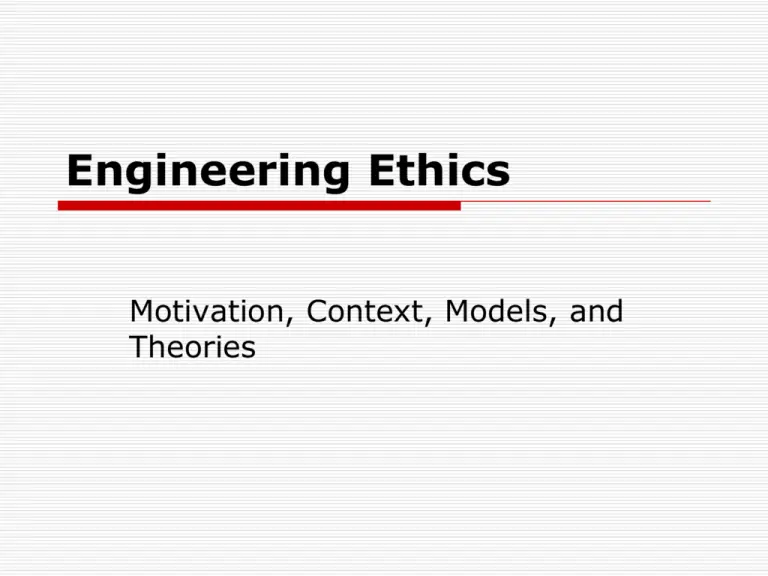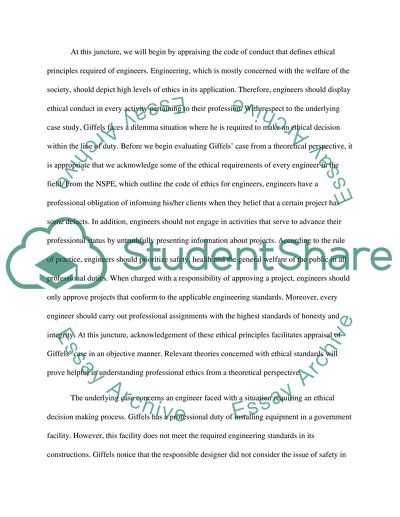The Ethics of Reverse Engineering

Reverse engineering is the process of analyzing a system or product to create a representation of its design. This can be done for various reasons, such as to understand how the system works, to identify potential security flaws, or to create a compatible product. However, reverse engineering can also raise ethical concerns, particularly if it is used to copy or distribute copyrighted material without permission.

Some of the key ethical issues surrounding reverse engineering include:

-
Copyright infringement: Reverse engineering can be used to copy or distribute copyrighted material without permission. This is illegal in most countries and can result in significant penalties.
-
Trade secret theft: Reverse engineering can also be used to steal trade secrets. This is a form of intellectual property theft and can result in significant financial losses for the victim.
-
Security risks: Reverse engineering can be used to identify security flaws in a system or product. This information can then be used to exploit the system or product, potentially causing significant damage.
Given the potential ethical concerns, it is important to consider the following before engaging in reverse engineering:
- Is the reverse engineering being done for a legitimate purpose? Reverse engineering for educational or research purposes is generally considered to be acceptable. However, reverse engineering for commercial purposes or to gain an unfair advantage is not.
- Is the material being reverse engineered protected by copyright or trade secret law? If so, you may need to obtain permission from the copyright holder or trade secret owner before proceeding.
- Are there any security risks associated with the reverse engineering? If so, you should take steps to mitigate these risks.
By considering these factors, you can help to ensure that your reverse engineering activities are ethical and legal. ## The Ethics Of Reverse Engineering
Executive Summary
Reverse engineering is the process of taking an existing product or system and analyzing it to create a similar one. While reverse engineering can be a valuable tool for innovation and learning, it also raises a number of ethical concerns. This article will explore the ethics of reverse engineering, including the potential benefits and drawbacks, and will provide guidance on how to engage in reverse engineering in an ethical manner.
Introduction
Reverse engineering is a powerful tool that can be used for a variety of purposes. It can be used to create compatible products, understand the inner workings of a system, or to identify security vulnerabilities. However, reverse engineering also raises a number of ethical concerns. These concerns include the potential for copyright infringement, trade secret misappropriation, and patent infringement.
FAQ
1. What is reverse engineering?
Reverse engineering is the process of taking an existing product or system and analyzing it to create a similar one. This can be done by studying the product’s design, code, or other documentation.
2. What are the benefits of reverse engineering?
Reverse engineering can provide a number of benefits, including:
- Innovation: Reverse engineering can help companies to develop new and innovative products by providing them with insights into the design and functionality of existing products.
- Learning: Reverse engineering can be a valuable learning tool for engineers and other technical professionals. By studying the design of existing products, they can gain a better understanding of how they work and how to improve them.
- Compatibility: Reverse engineering can help companies to create products that are compatible with existing products. This can make it easier for consumers to use and connect different products.
3. What are the ethical concerns with reverse engineering?
There are a number of ethical concerns with reverse engineering, including:
- Copyright infringement: Reverse engineering can violate copyright laws if the product being analyzed is protected by copyright.
- Trade secret misappropriation: Reverse engineering can violate trade secret laws if the product being analyzed contains trade secrets.
- Patent infringement: Reverse engineering can violate patent laws if the product being analyzed is patented.
Subtopics
1. Copyright Law
Copyright law protects original works of authorship, such as literary works, musical works, and artistic works. Reverse engineering can violate copyright law if the product being analyzed is protected by copyright. This is because reverse engineering involves creating a derivative work, which is a work that is based on or derived from another work.
2. Trade Secret Law
Trade secret law protects confidential information that gives a business a competitive advantage. Reverse engineering can violate trade secret law if the product being analyzed contains trade secrets. This is because reverse engineering involves obtaining and disclosing confidential information without the owner’s consent.
3. Patent Law
Patent law protects inventions. Reverse engineering can violate patent law if the product being analyzed is patented. This is because reverse engineering involves creating a product that is substantially similar to the patented invention.
4. Fair Use
The fair use doctrine is a legal defense that allows the use of copyrighted material without the permission of the copyright holder in certain circumstances. Reverse engineering may be considered fair use if it is done for the purpose of criticism, comment, news reporting, teaching, scholarship, or research.
5. Ethical Guidelines
In addition to the legal considerations, there are also a number of ethical guidelines that should be considered when engaging in reverse engineering. These guidelines include:
- Respect for intellectual property: Reverse engineering should not be used to infringe on the intellectual property rights of others.
- Transparency: Reverse engineering should be done in a transparent manner. The purpose of the reverse engineering should be clearly stated, and the results should be shared with the original creator.
- Collaboration: Reverse engineering should be done in collaboration with the original creator whenever possible. This can help to ensure that the results of the reverse engineering are accurate and that the original creator’s rights are respected.
Conclusion
Reverse engineering is a powerful tool that can be used for a variety of purposes. However, it is important to be aware of the ethical concerns associated with reverse engineering and to engage in it in an ethical manner. By following the ethical guidelines outlined in this article, you can help to ensure that reverse engineering is used for good and not for evil.
Keyword Tags
- Reverse engineering
- Ethics
- Copyright infringement
- Trade secret misappropriation
- Patent infringement
